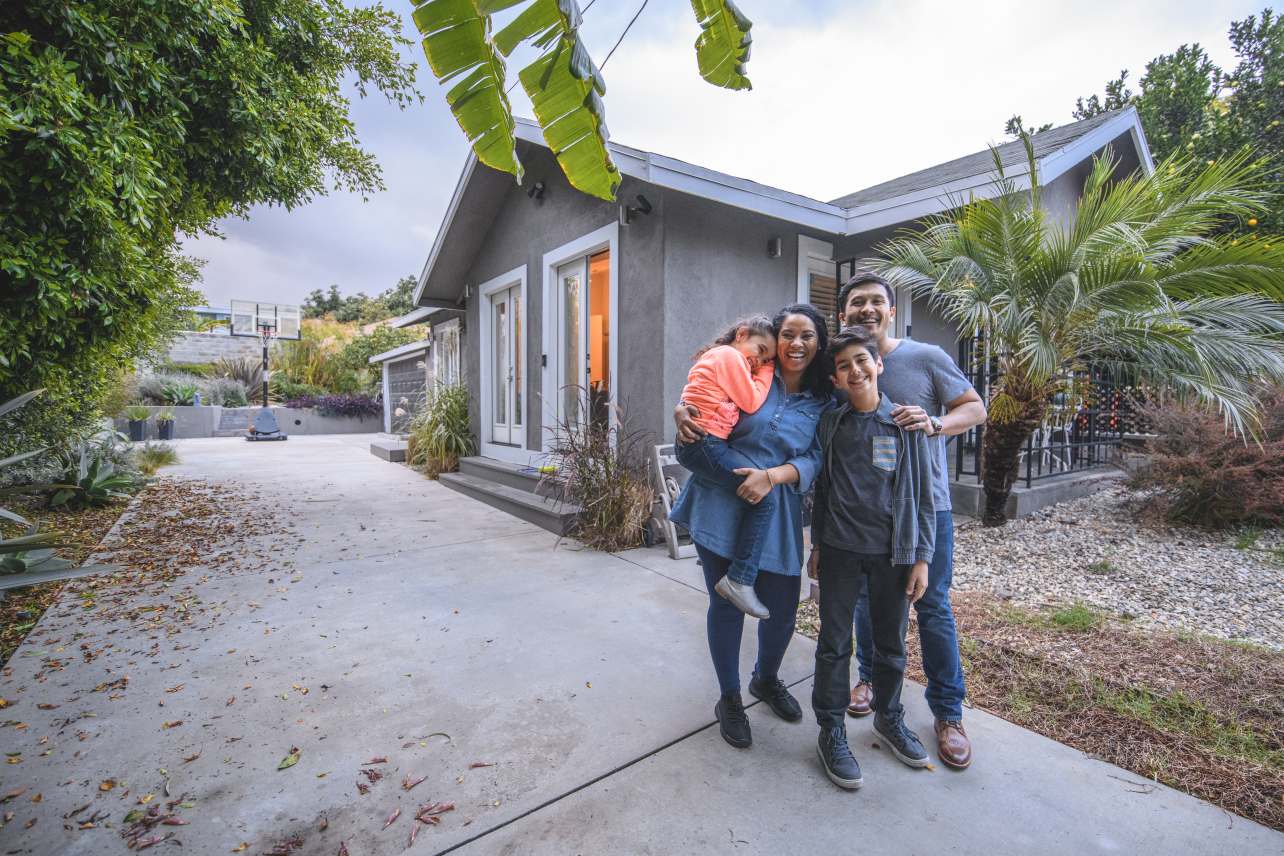Many people abandon their New Year’s resolutions by the end of January. Reasons for that include a lack of time, resources, or motivation that quickly fades a few weeks after starting. As a result, the same resolutions are often repeated year after year.
You may be able to get away with not going to the gym a few times each week, however, good finances are needed every day of the year – particularly if your plans include buying a house in the future.
Here are some resolutions that could add up to fulfilling your dream of home ownership quicker than you may have thought.

Set Goals for the New Year
Getting in shape and eating healthier are great goals, but you should also be setting new financial goals for the year. The first step is to create an outline and itemize the items in your budget.
First, calculate your take-home pay, and subtract your fixed costs like rent, monthly car payments, and the minimum due on your credit card. These expenses are typically fixed, so remove them from your budget first.
Next, set your priorities. Determine if paying off your credit cards is more important than contributing the maximum to your 401(k) in the coming year. Now you can begin to set some priorities and calculate how much space each goal requires from your budget, as well as how quickly you can save up for a down payment and closing costs for the purchase of a new home.
A down payment is a percentage of the home’s purchase price that is paid in full at closing, upfront, though the amount a home buyer is required to put down varies by loan type.
Set Attainable Resolutions
To help make them more realistic, set expense-lowering goals that are both specific and measurable. Using a little psychology can help too. For example, determining that you want to keep your grocery bill to a certain amount is better than thinking that you need to spend less on food. To help lower your food bill (and to likely eat healthier) resolve to not go to restaurants or get home delivery quite as often.
You may be surprised how quickly your savings can add up. To give you an idea of roughly how much you will need for a down payment on a conventional mortgage loan, it’s standard for lenders to require a 5% minimum down payment. Typically, a lender requires the borrower to obtain mortgage insurance unless the borrower puts 20% down.
Use Technology to Help Achieve Your Goals
These days automation is used to handle things like paying bills online and direct deposit. However, technology can also be used to help your budget and achieve your financial goals.
For example, some employers offer recurring transfers into your savings account. They are also savings and investing apps that make investing and saving money easy by automatically investing your spare change into your account.
You can also use a budgeting app to set budget goals, establish savings plans, and track your spending. It will also allow you to share and evaluate real-time data from anywhere.
By utilizing technology, you can end up saving a good deal of money in a relatively short period without feeling it. Implementing one or more of these ideas would make for a prudent financial resolution and go a long way in helping you achieve your goal of buying your dream home sooner than you may have imagined.
Check Your Budget Often
Although you’ll set your budget at the beginning of the year, you’ll want to sit down with it monthly or even weekly for adjustments and track your cash flow.
If you need to make changes, it’s better to stay ahead of possible tight spots and to ensure that the New Year is as financially solvent as possible.
Is it one of your goals to be able to buy your dream home? Contact us today with any questions and let us help get you there.
Meantime, good luck with fulfilling your financial resolutions, and Happy New Year!



